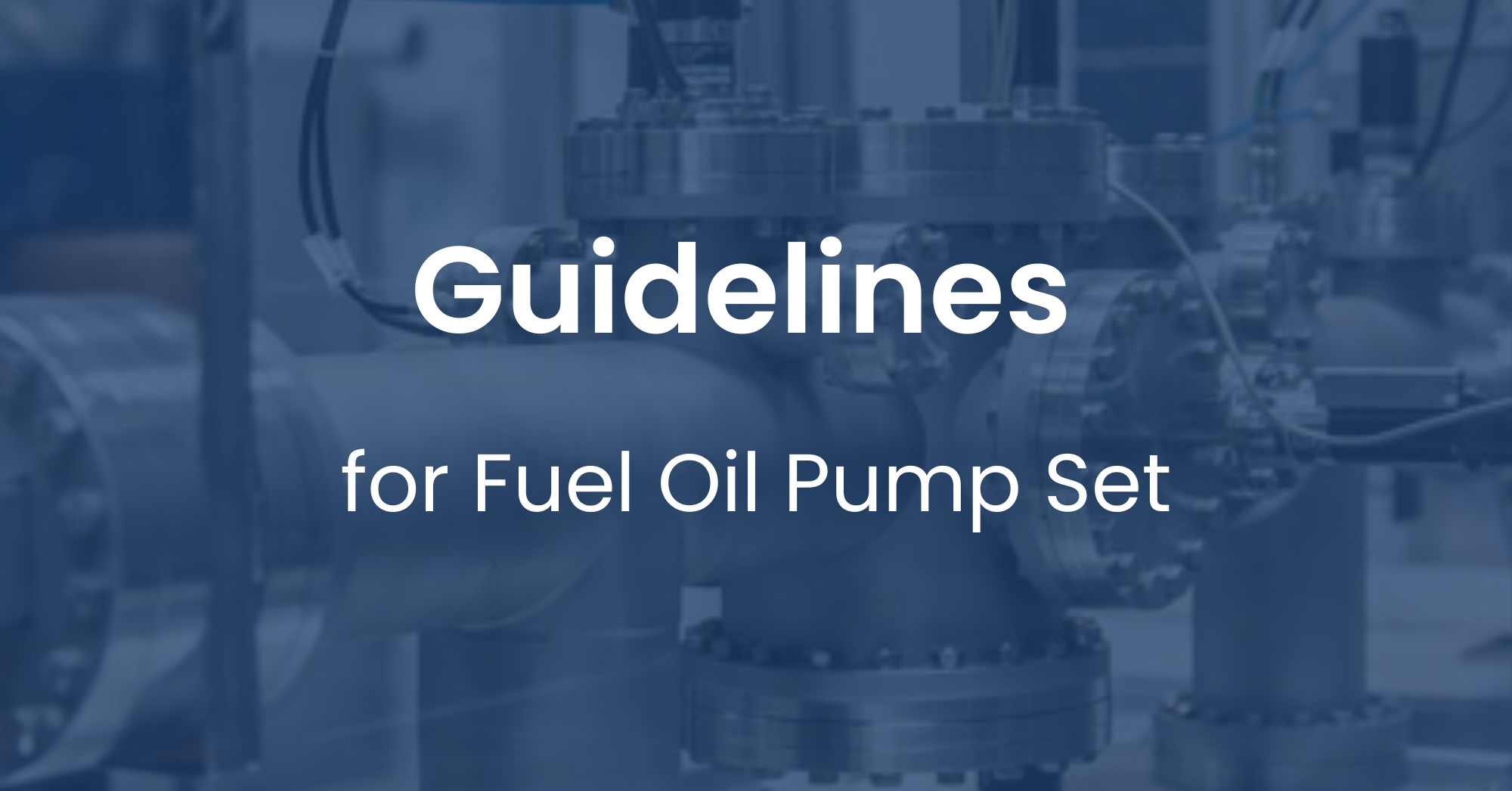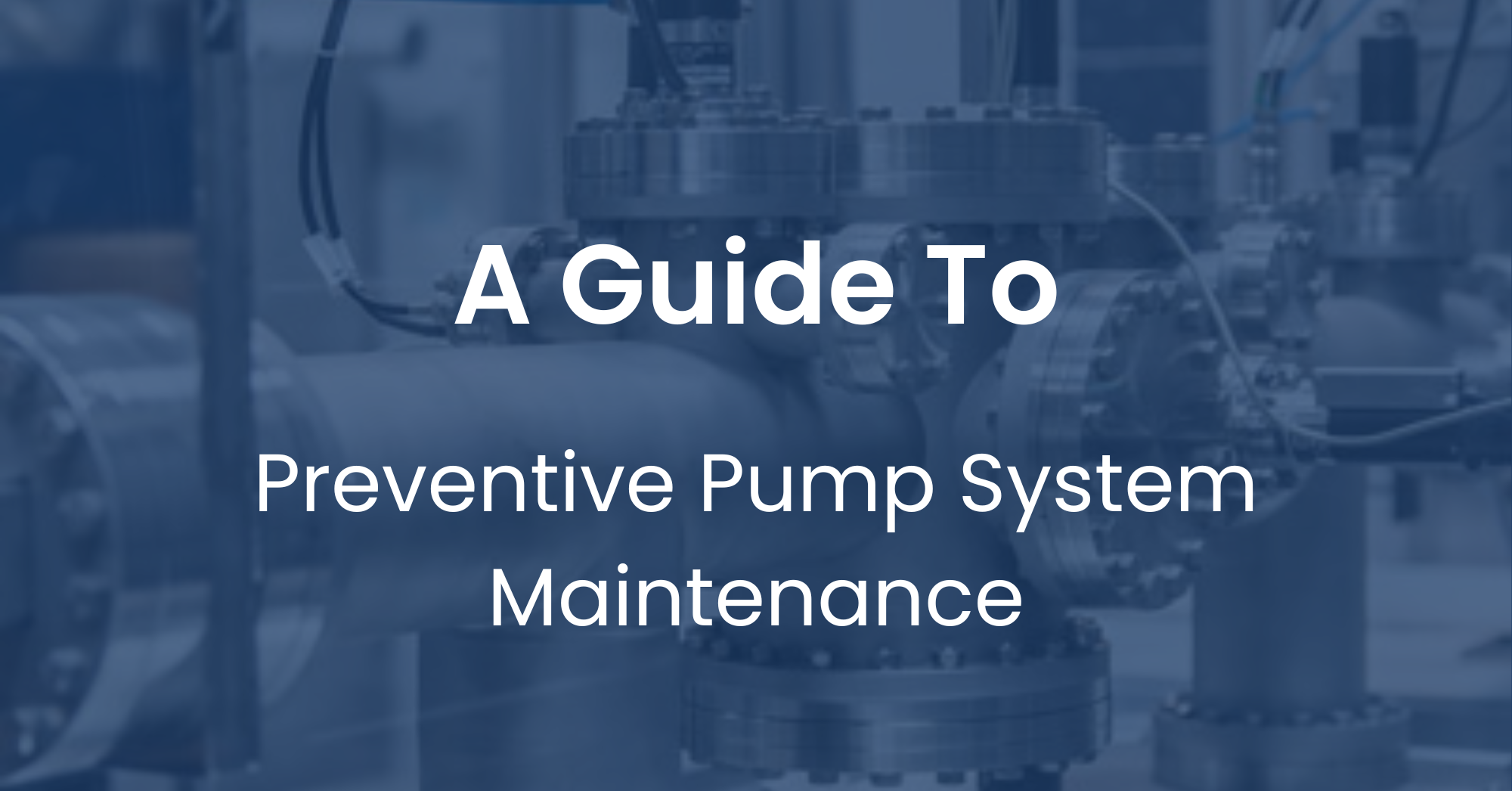The Challenges of Pumping Abrasive Slurry
Slurries are a blend of liquids and solids. Often used for transporting large quantities of solids that have undergone particle reduction processes, these materials are added to water or other liquids to allow them to be pumped away via a slurry pump. It’s a much more cost-efficient means for moving bulk solids after processing, including for abrasive substances. Slurry pumps are commonly used in many of these applications.





-2.png)

.png)
.png)
.png)
.png)
-1.png)

.png)